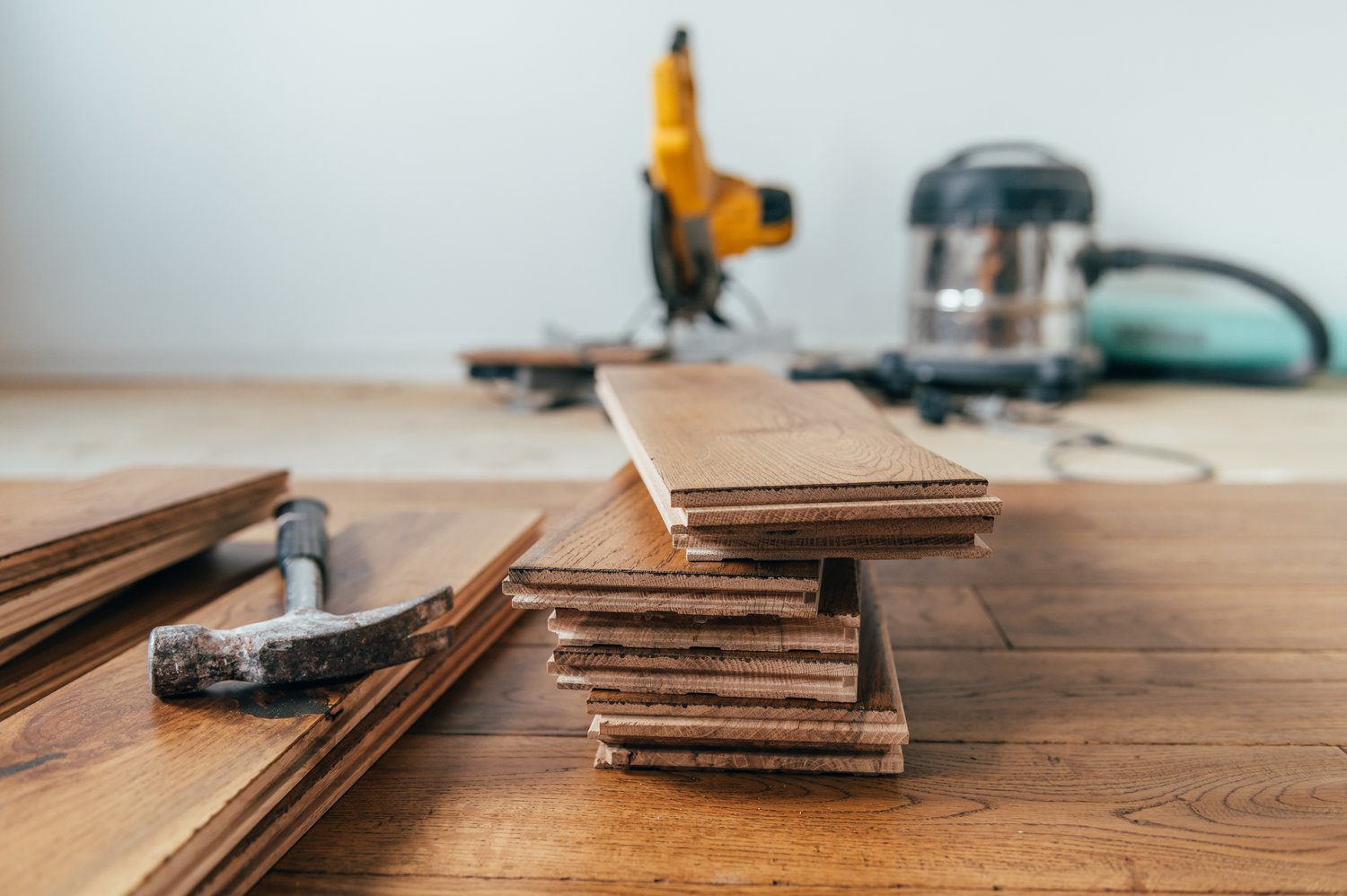Selecting the perfect kitchen sink and faucet combination is a crucial decision that impacts both the functionality and aesthetic appeal of your kitchen. With numerous materials, configurations, and features available, the process can quickly become overwhelming for homeowners undertaking a renovation or new build. This comprehensive guide will walk you through the essential considerations when choosing kitchen sinks and faucets, exploring everything from durable sink materials to innovative faucet technologies. By understanding the pros and cons of different options, you’ll be equipped to make choices that align with your household needs, design preferences, and budget.
Understanding Sink Materials
When you set out to choose a kitchen sink, material selection should be your first consideration. Stainless steel remains the most popular choice, offering exceptional durability, stain resistance, and a contemporary look that complements most kitchen designs. Available in various gauges (with lower numbers indicating thicker material), quality stainless steel sinks resist denting and provide sound dampening. While more affordable options might be noisier or prone to scratching, proper care can keep a stainless sink looking pristine for years.
Composite sinks, typically made from a blend of natural stone particles and resins, offer extraordinary durability and a distinctive aesthetic. These sinks resist scratches, chips, and heat better than most alternatives, making them ideal for busy kitchens. Available in numerous colors and finishes, composite sinks allow for greater design flexibility but generally come with a higher price tag than stainless steel. The density of composite materials also means these sinks effectively minimize noise from running water or clattering dishes.
Fireclay sinks bring timeless elegance to traditional or farmhouse-style kitchens. Created by molding clay and firing it at extremely high temperatures, these sinks feature a glossy, non-porous surface that resists stains and scratches. Though beautiful and durable, fireclay sinks require careful installation due to their substantial weight and may need specialized cabinet support. As experts at AskHomey point out, investing in professional installation for specialty sinks like fireclay can prevent costly issues down the line.
Sink Configurations and Installation Types
Beyond materials, you’ll need to decide between single or double bowl configurations when selecting your kitchen sink. Single bowl designs offer maximum space for washing large pots and pans, making them practical for smaller kitchens or those who frequently prepare elaborate meals. Double bowl configurations provide separate spaces for washing and food preparation, with various split ratios available to suit different needs. Some modern kitchens even incorporate triple bowl designs with a dedicated disposal or prep sink section.
The undermount vs drop in sink debate centers on installation method and aesthetics. Drop-in (or top-mount) sinks install from above, with a visible rim that rests on the countertop surface. These sinks are generally more affordable and easier to install, compatible with virtually any countertop material. Undermount sinks attach beneath the counter edge, creating a seamless appearance and making counter cleanup simpler since debris can be swept directly into the sink. However, undermount installations typically cost more and require solid countertop materials like stone or solid surface.
Selecting the Right Faucet
Determining the best kitchen faucet type for your needs involves assessing both functionality and design. Pull-down faucets feature a spray head that pulls straight down into the sink, offering precision rinsing and flexibility. These models work well with deeper sinks and provide excellent maneuverability for cleaning large items. Pull-out faucets, by contrast, allow the entire spout to be pulled toward the user, extending reach beyond the sink basin—ideal for filling pots on the counter or cleaning sink surroundings.
Modern touchless faucets represent the cutting edge in kitchen convenience, activating water flow through motion sensors rather than manual handles. This hands-free operation proves invaluable when your hands are messy from food preparation, reducing both counter cleanup and the spread of bacteria throughout the kitchen. While typically more expensive and requiring power sources, touchless technology has become more reliable and affordable in recent years, making it an increasingly popular option for kitchen renovations.
Coordinating Style and Finish
The visual harmony between your sink, faucet, and overall kitchen design creates a cohesive aesthetic. When choosing finishes, consider durability alongside appearance—brushed nickel and stainless steel resist fingerprints and water spots better than polished chrome or matte black. For a unified look, match your faucet finish to cabinet hardware and appliances, or create intentional contrast with complementary finishes. Remember that the sink and faucet should serve as functional focal points that enhance your kitchen’s design language rather than competing with it.
Making Your Final Decision
Before finalizing your sink and faucet selections, evaluate your household’s specific needs and habits. Consider how you prepare meals, clean up, and use your kitchen space. A family that hand-washes many dishes might prioritize a deep, double-bowl sink, while frequent entertainers might value a high-arc faucet with pull-down sprayer for filling and cleaning large cookware. By thoughtfully assessing both practical requirements and aesthetic preferences, you’ll choose kitchen fixtures that enhance your daily experience and maintain their appeal for years to come.
For more tips and to connect with reliable home service professionals, follow AskHomey on Facebook and Instagram.



